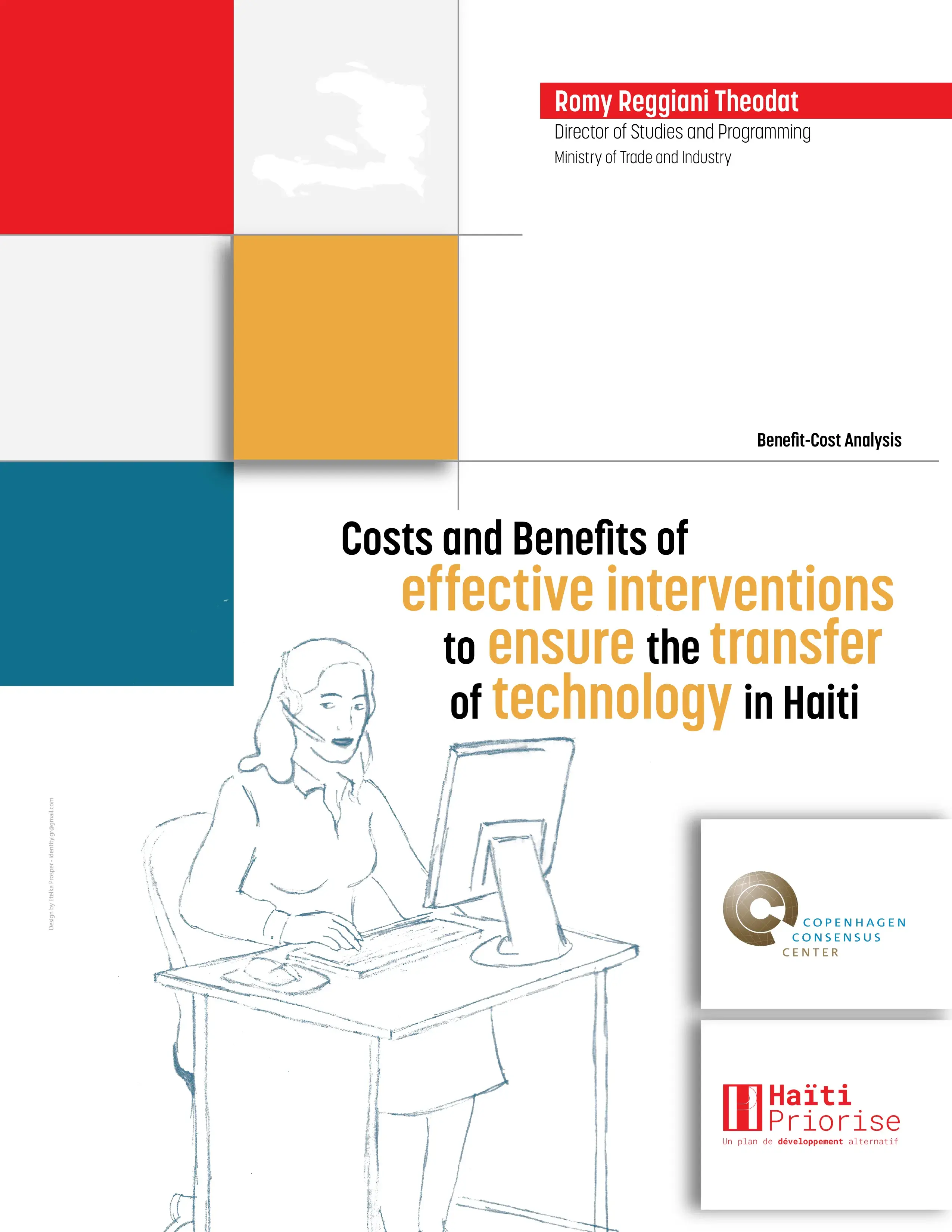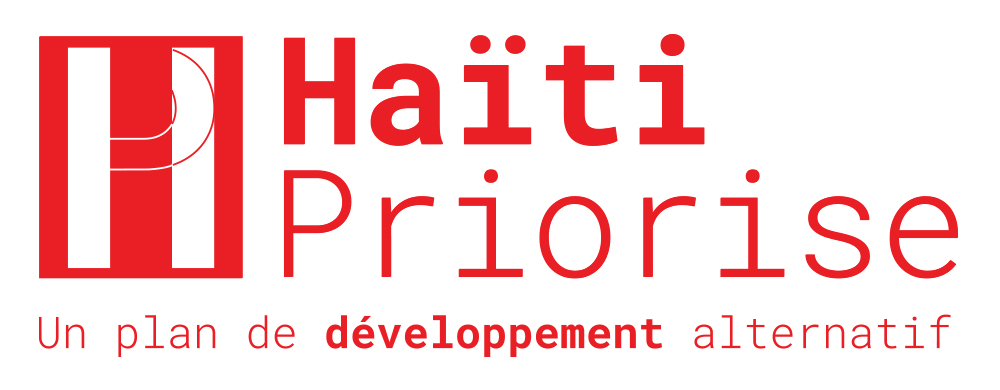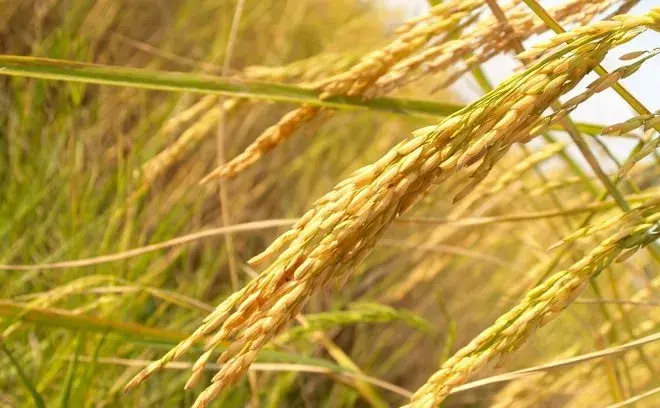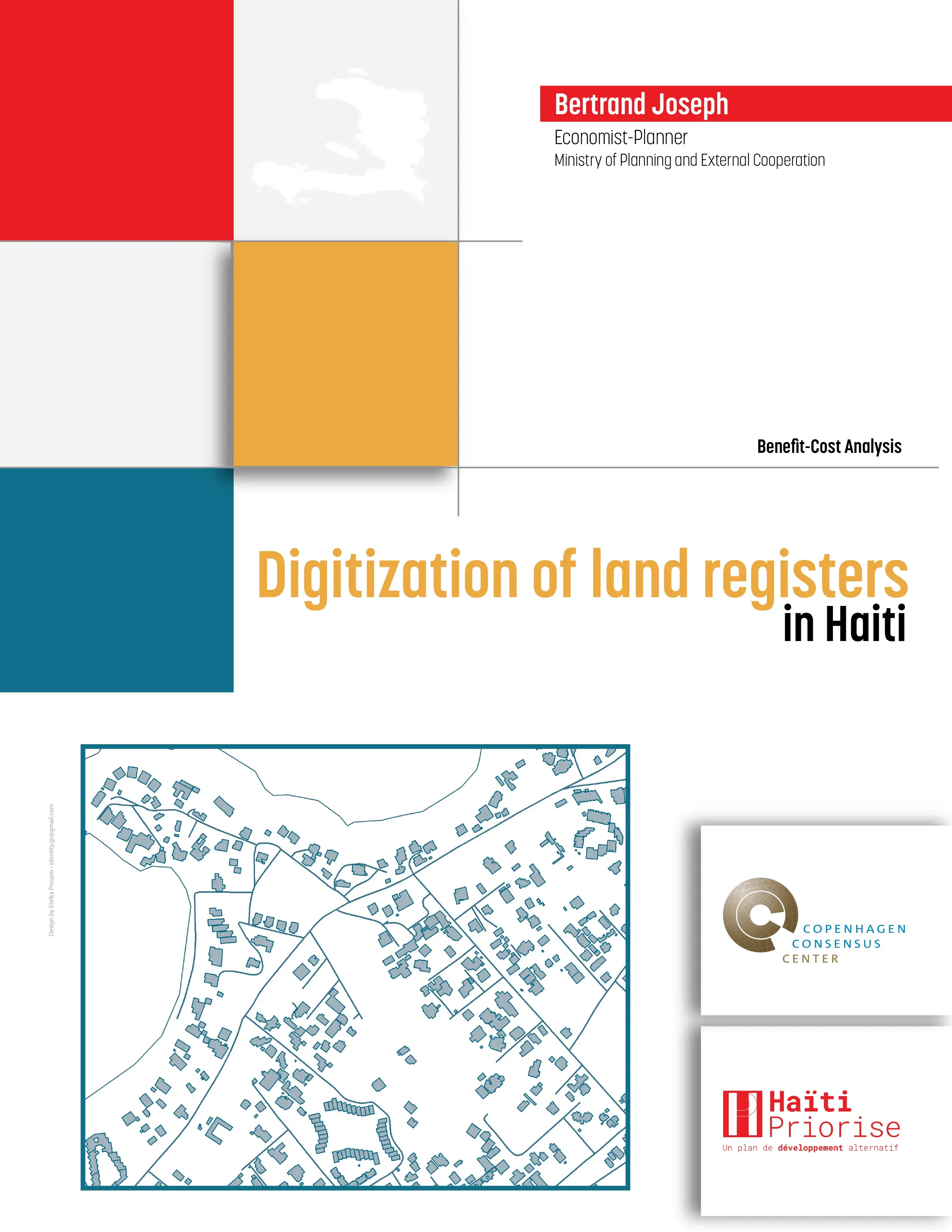Economy
Haiti's economy suffered a severe setback in January 2010 when a 7.0 magnitude earthquake destroyed much of its capital city, Port-au-Prince, and neighboring areas. Many Haitians depend on the agricultural sector, mainly through small-scale subsistence farming, which is vulnerable to damage from natural disasters.
Haiti's external debt was cancelled following the 2010 earthquake, but had risen to nearly $2 billion as of December 2015. Although the government has increased its revenue collection, it relies on international economic assistance.
There are various approaches that could help strengthen the Haitian economy.
One approach is to create different economic zones. Another is to support local companies by enhancing procurement of Haitian products.
Weak Internet infrastructure holds back investment and the economy. Internet coverage in Haiti remains limited and expensive. Just four percent of households have access, and fewer than 1% of Haitians have mobile Internet. Broadband internet infrastructure could be improved, to boost the economy and save time and money.
Creating agricultural tariffs and subsidies could support and protect national producers. Another approach is to try to improve and intensify rice production.
Agroforestry farming methods could provide farmers with diversified income, and potentially link Haiti to international carbon markets.
And digitizing land records could help to resolve land ownership questions and encourage investment.
Continue to check back for future research releases related to Economy.
Benefits of Government Digitization and Improved Mobile Access in Haiti
Written by Dr. Pantelis Koutroumpis, Research Fellow at Imperial College Business School, this paper says what Haiti really needs is a holistic National Broadband Plan with targets for coverage, capacity, and competition. In its absence, Dr. Koutroumpis proposes improving the infrastructure that powers Haiti’s Internet, along with the government’s processes.

Costs and Benefits of Agroforestry in Haïti: Value Chain that Includes Environment and Health
Between 70% and 95% of the energy used for cooking in Haiti is from wood and charcoal, which is detrimental to the country’s forests. Original forest area is now only 3.5%, according to FAO (2015), though other sources put it as high as 30%.
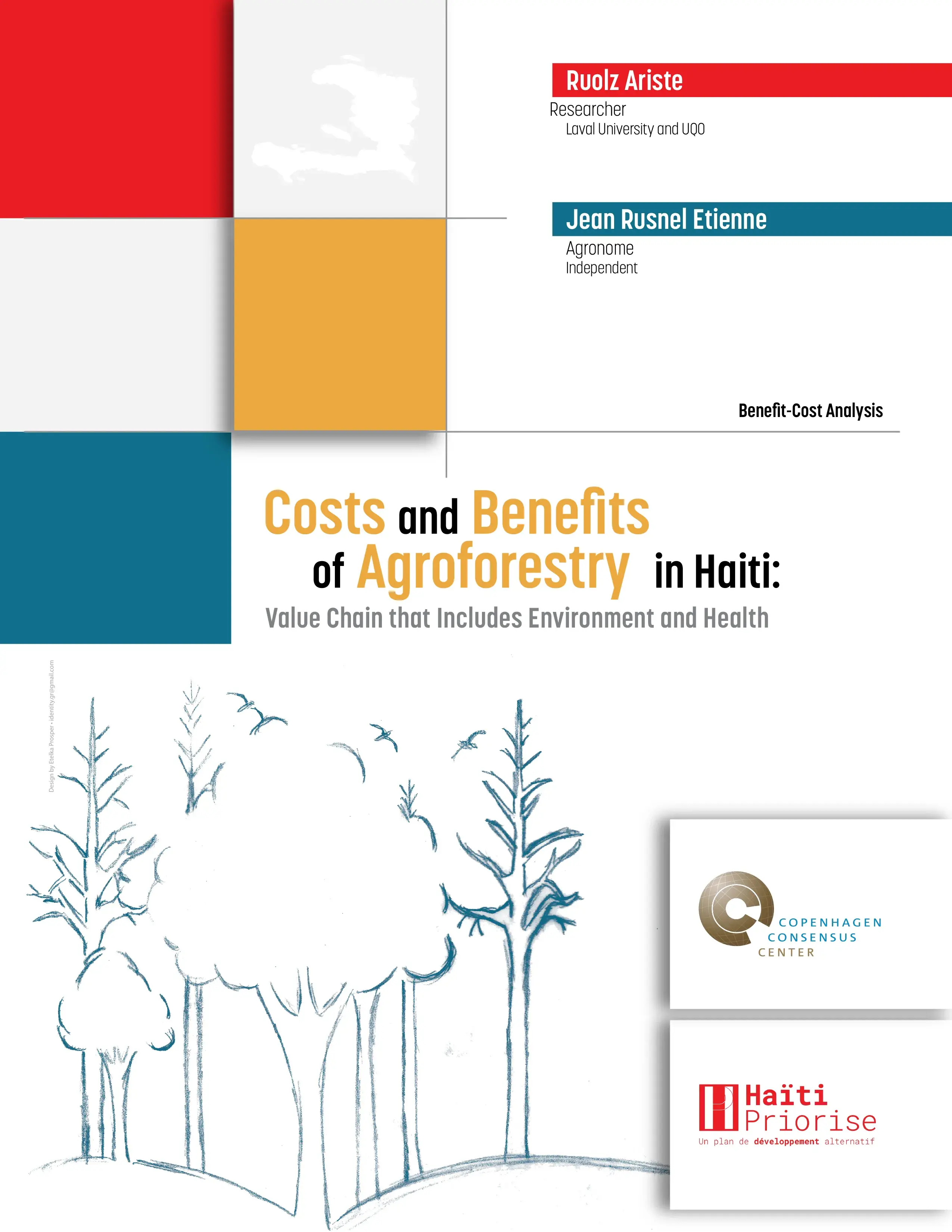
Improving Rice Productivity to Increase Rural Incomes and Food Security in Haiti
Written by Travis J. Lybbert, Professor, Agricultural & Resource Economics, University California Davis, this research looks at an initiative designed specifically to increase crop productivity: “System of Rice Intensification” or SRI in the Artibonite.
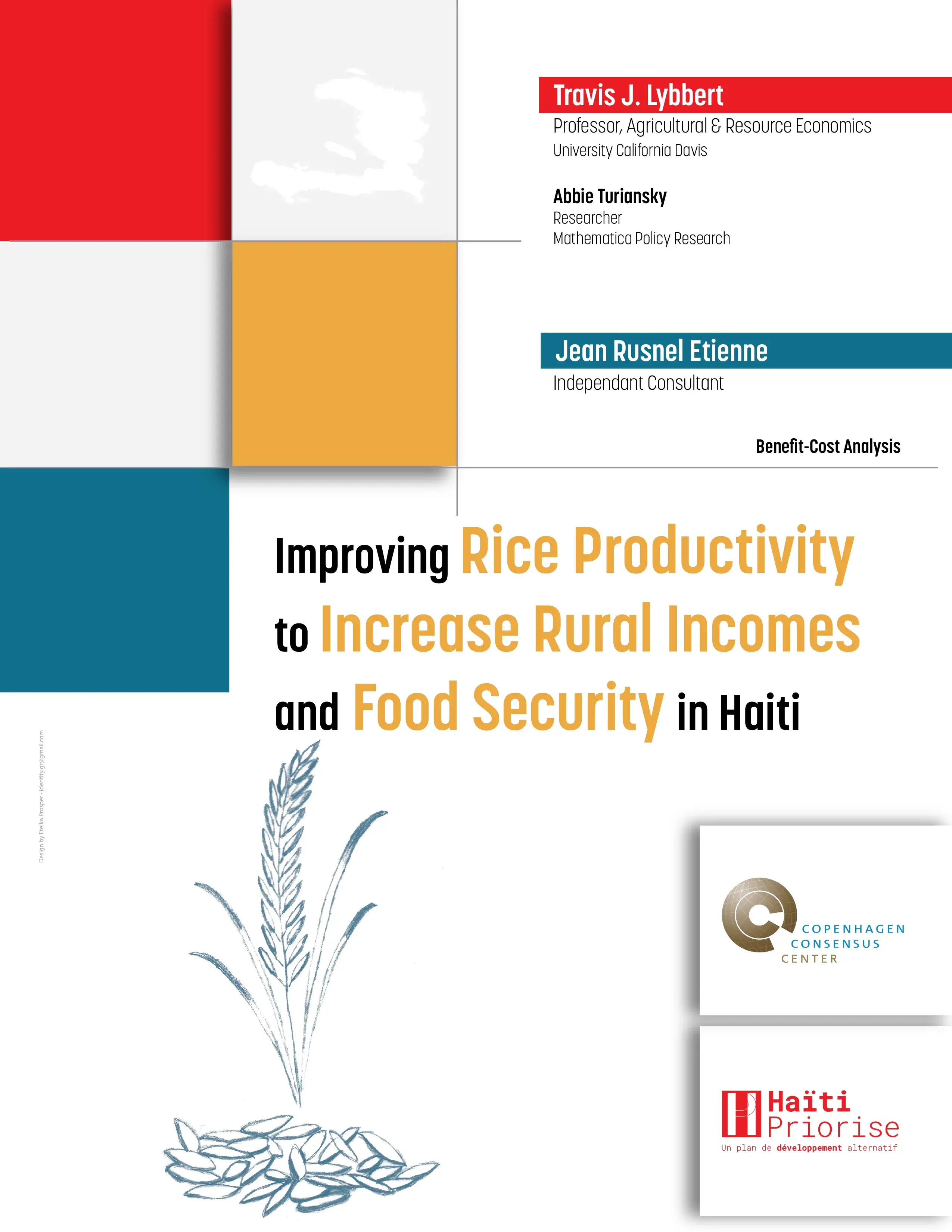
Three Interventions in the Rice Market in Haiti
Written by Tim Josling, Senior Fellow, and Emeritus Professor, Freeman Spogli Institute for International Studies, and Stanford University Food Research Institute, this reserach looks at three aproaches: (1) a ten-year, 20 percent import tariff on imports of American rice, (2) crop insurance to protect farmers and (3) subsidies for fertilizer use.
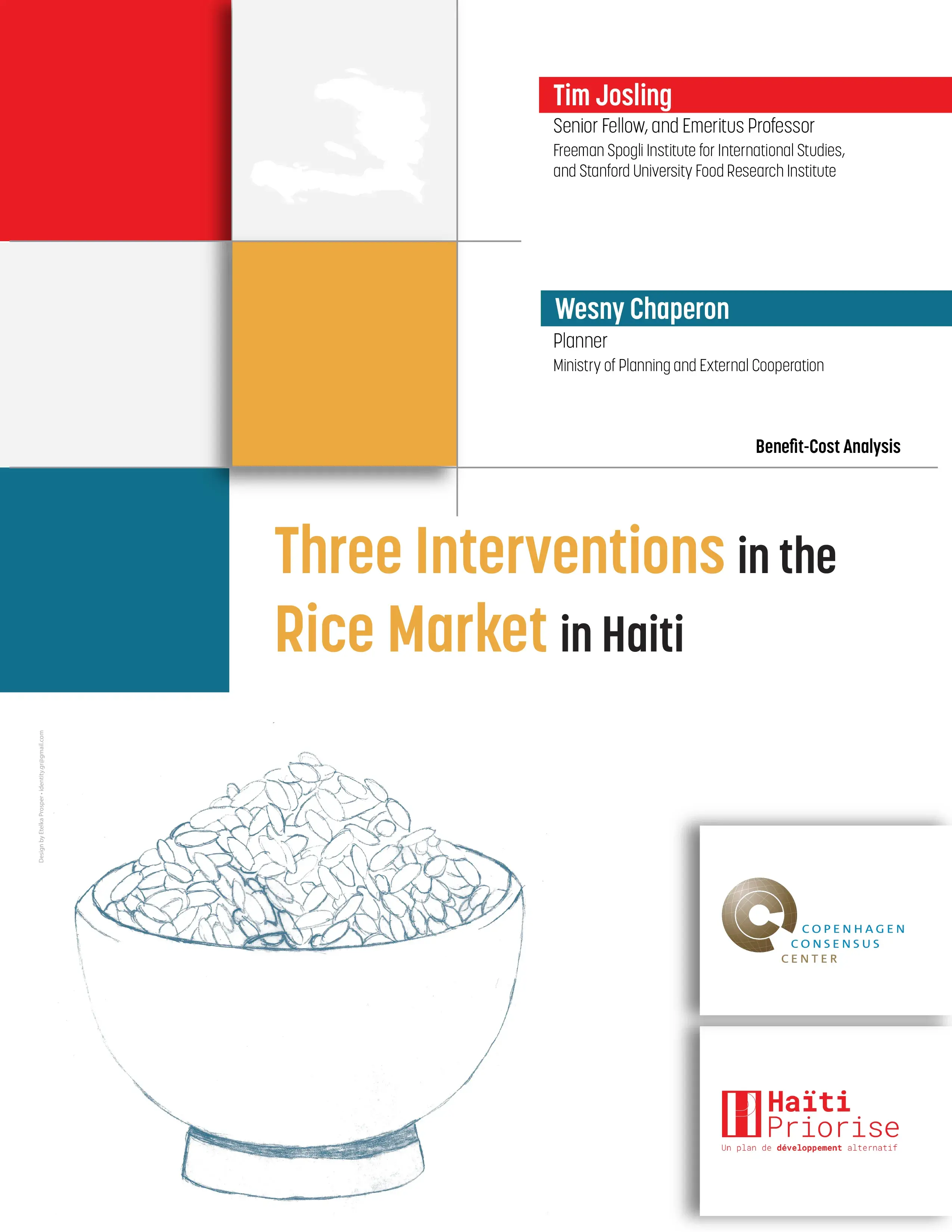
Costs and benefits of effective interventions to ensure the transfer of technology in Haiti
Director of Studies and Programming at the Ministry of Trade and Industry, Romy Reggiani Theodat, looks at government procurement and examines the introduction of a clause into public tenders that stipulates that any international business must subcontract 20% of its contract to Haitian businesses.
